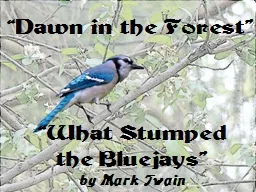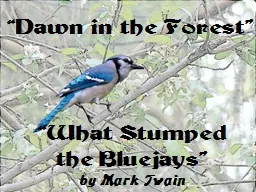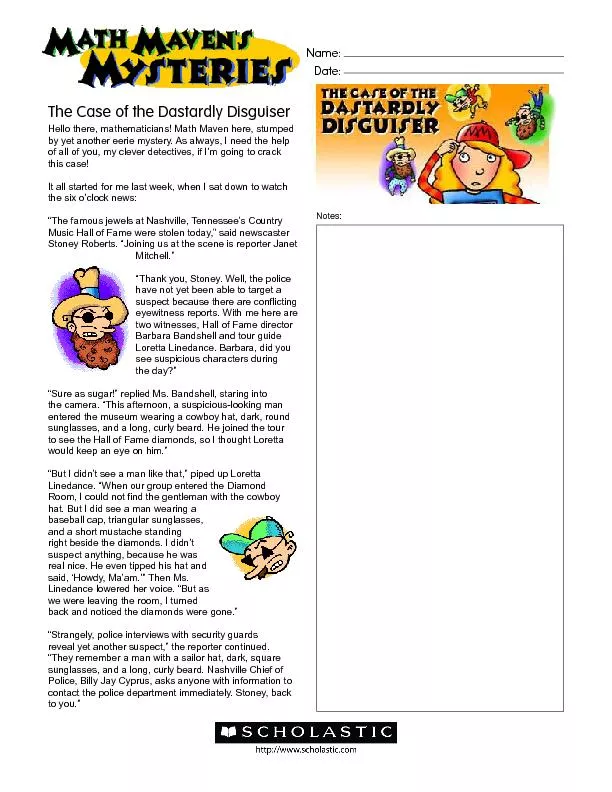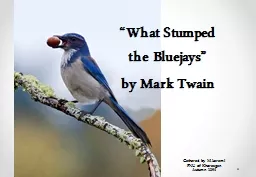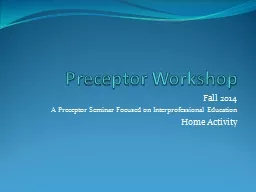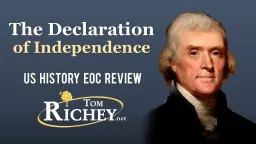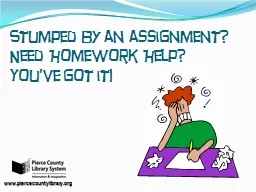PPT-“What Stumped the
Author : briana-ranney | Published Date : 2019-11-20
What Stumped the Bluejays by Mark Twain Dawn in the Forest When Tom awoke in the morning he wondered where he was He sat up and rubbed his eyes and looked around
Presentation Embed Code
Download Presentation
Download Presentation The PPT/PDF document "“What Stumped the" is the property of its rightful owner. Permission is granted to download and print the materials on this website for personal, non-commercial use only, and to display it on your personal computer provided you do not modify the materials and that you retain all copyright notices contained in the materials. By downloading content from our website, you accept the terms of this agreement.
“What Stumped the: Transcript
Download Rules Of Document
"“What Stumped the"The content belongs to its owner. You may download and print it for personal use, without modification, and keep all copyright notices. By downloading, you agree to these terms.
Related Documents

